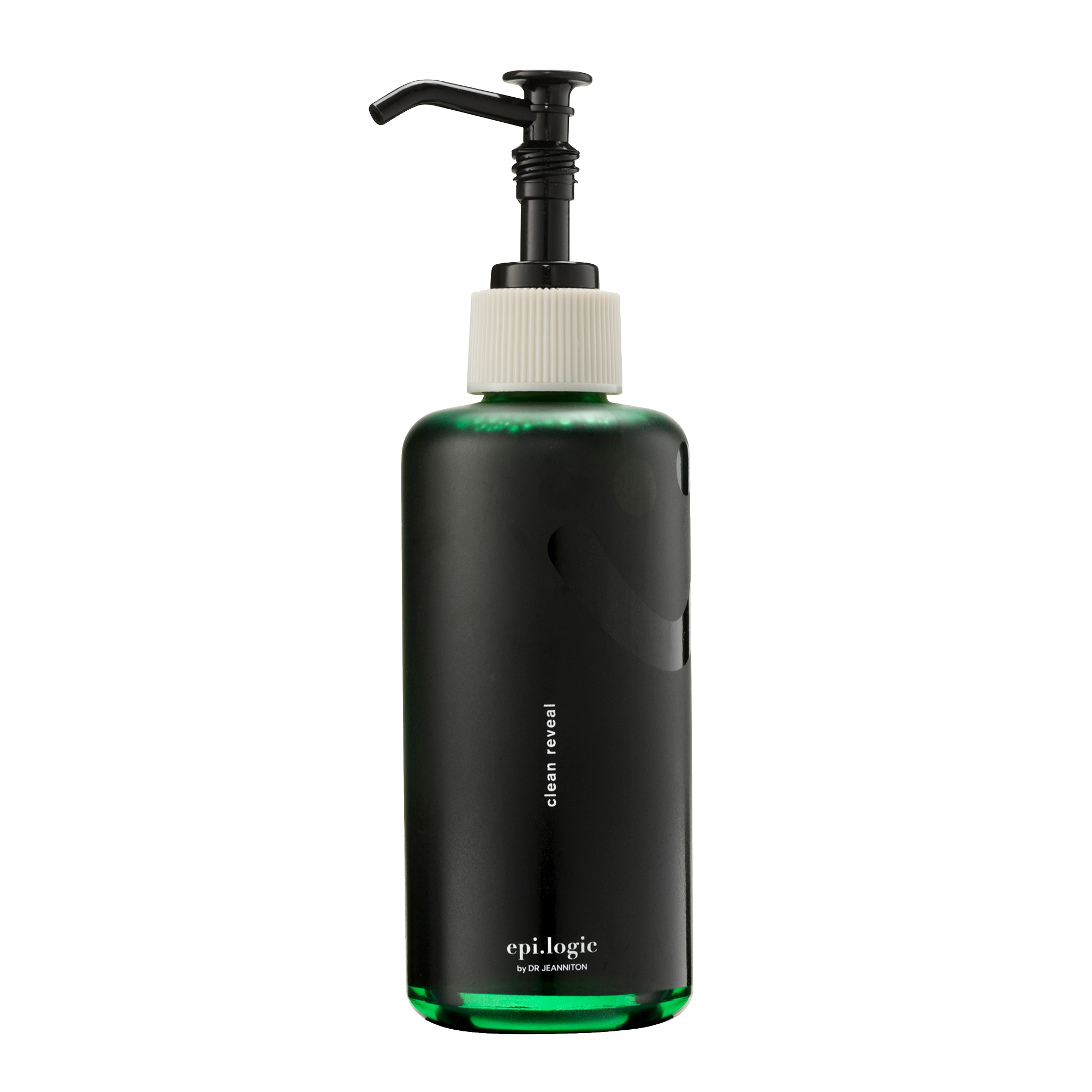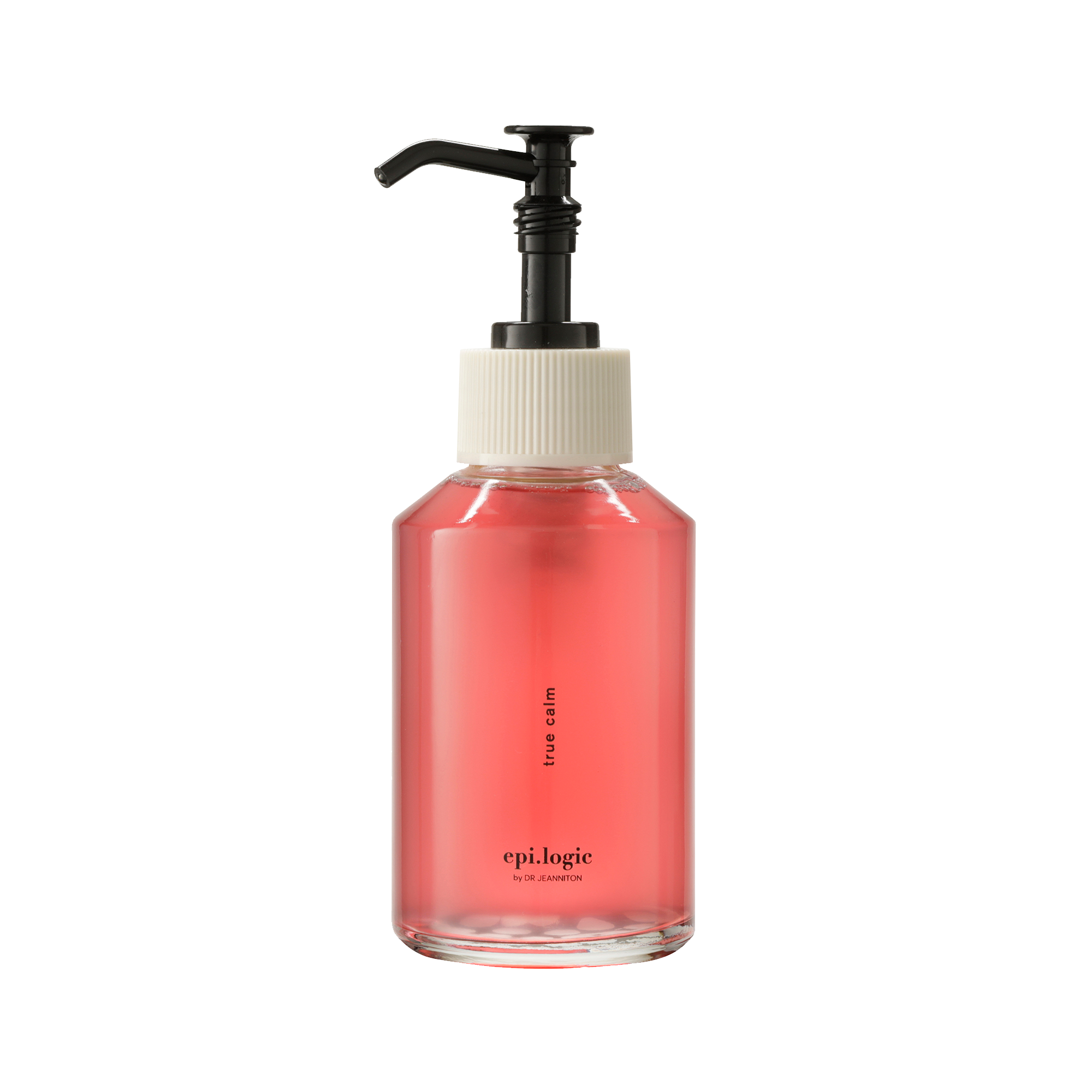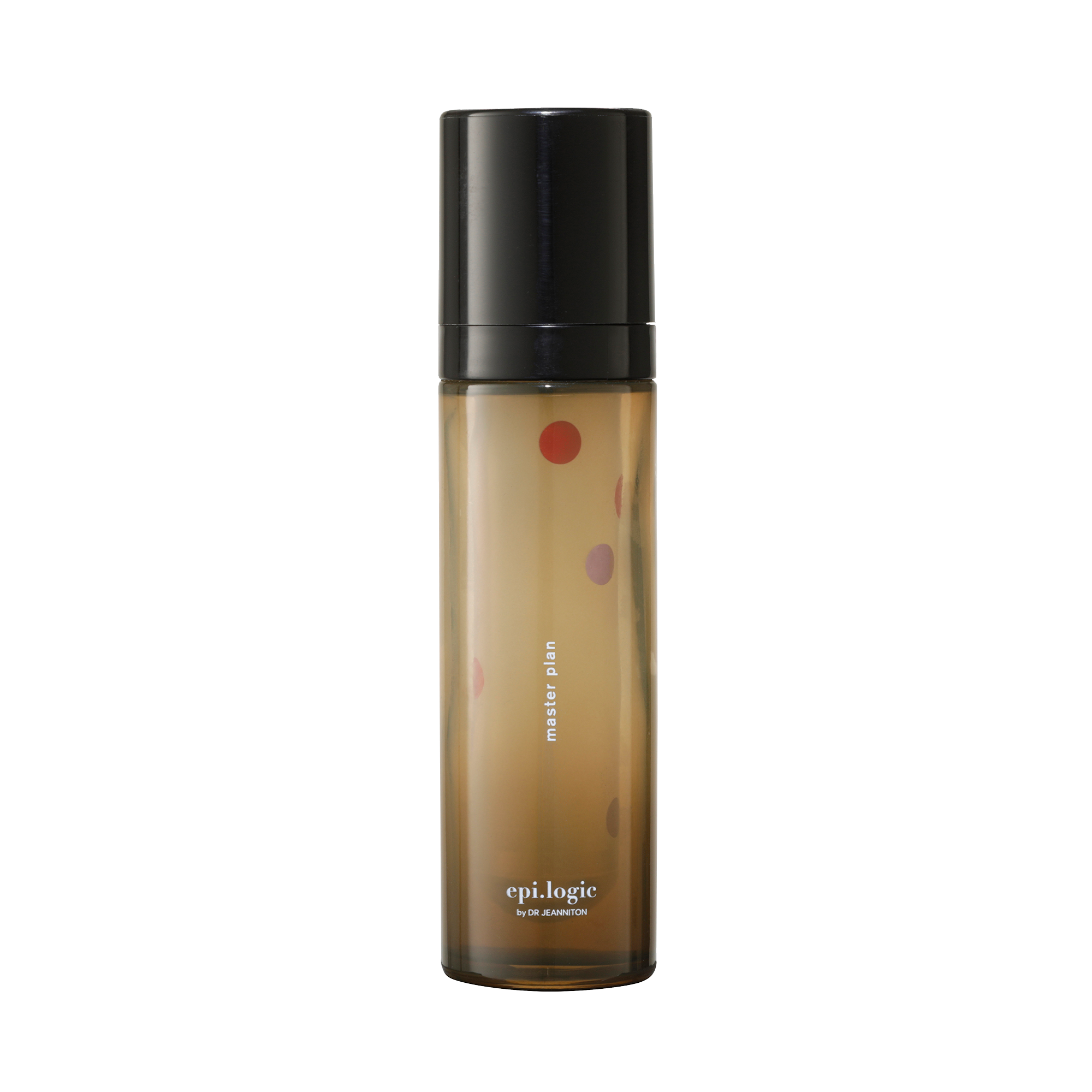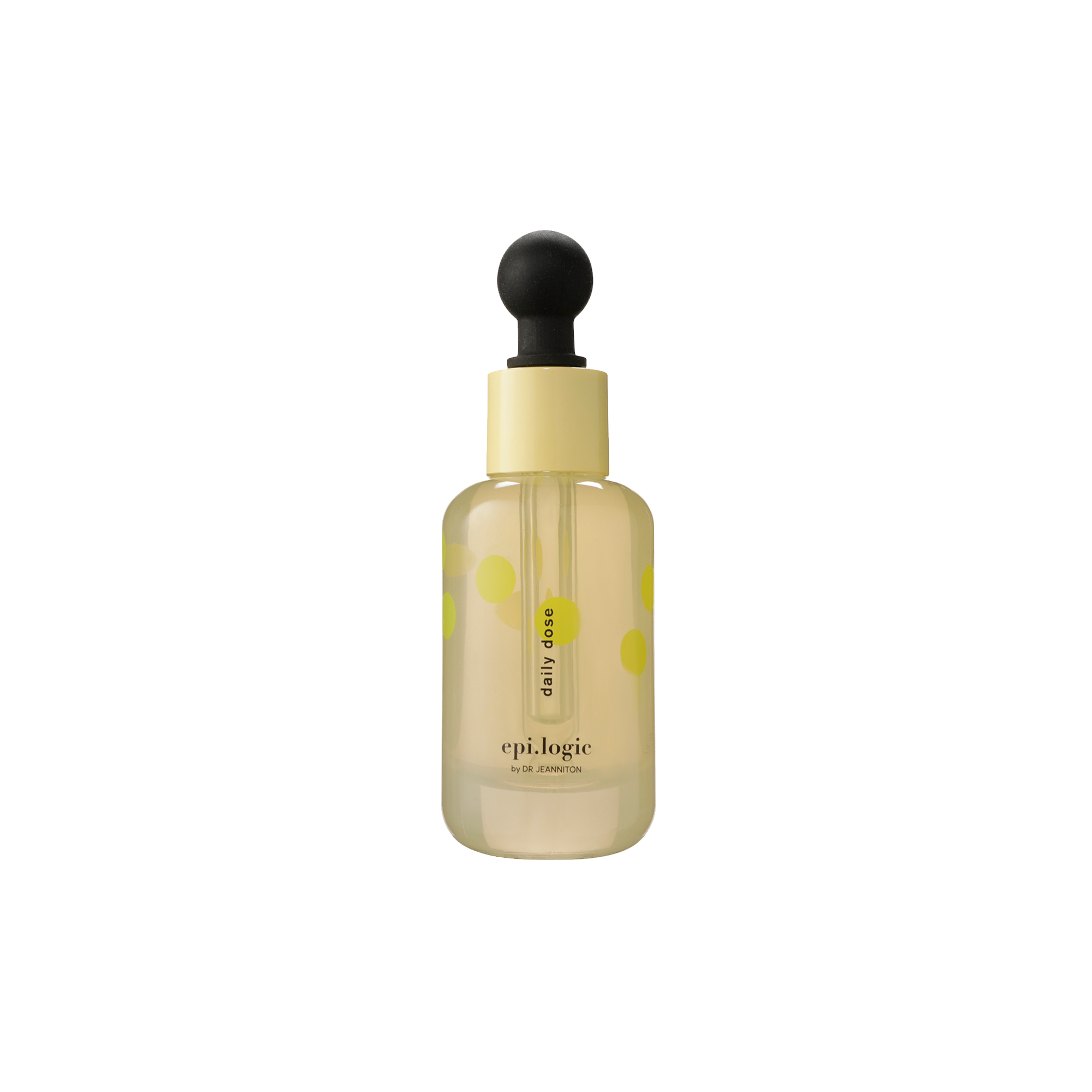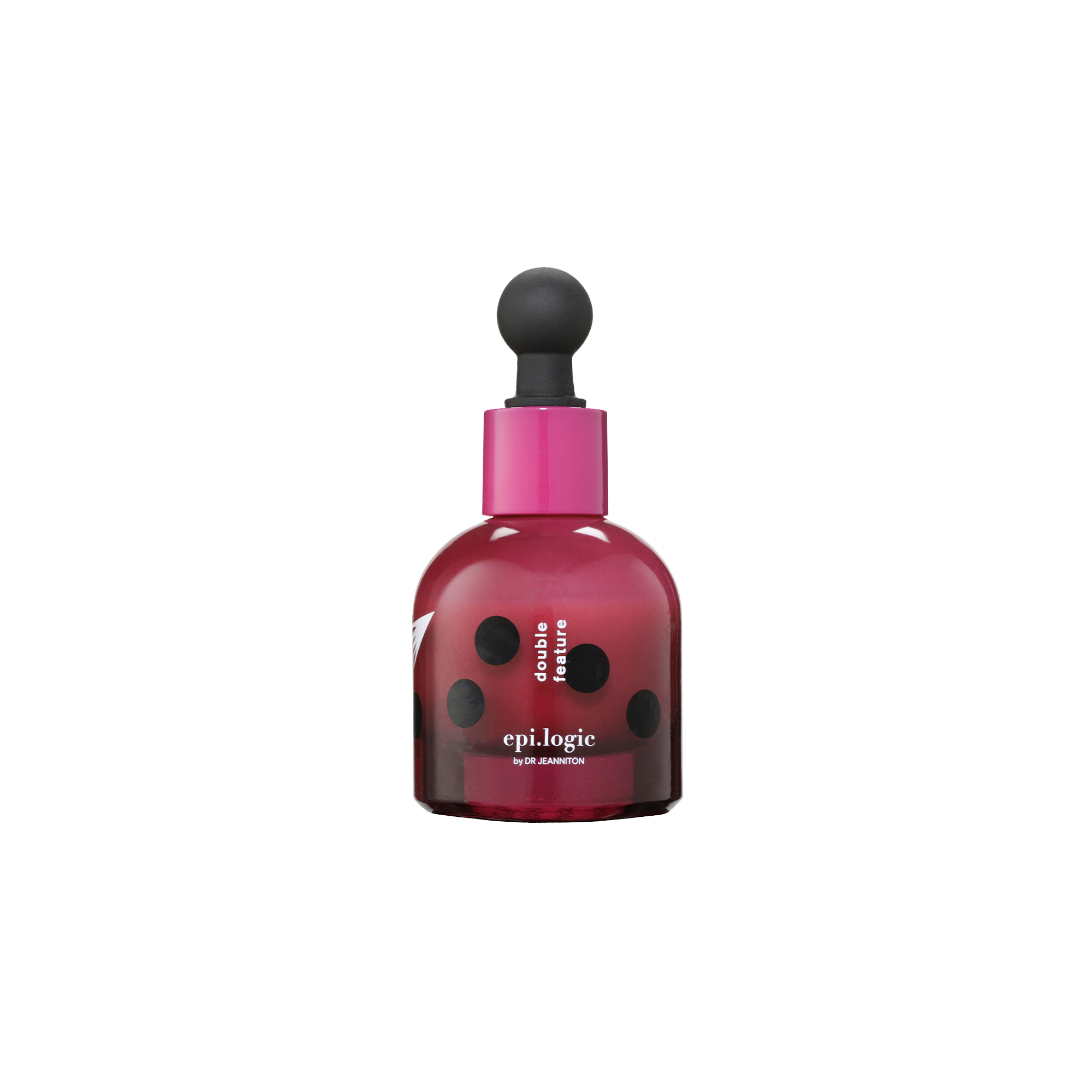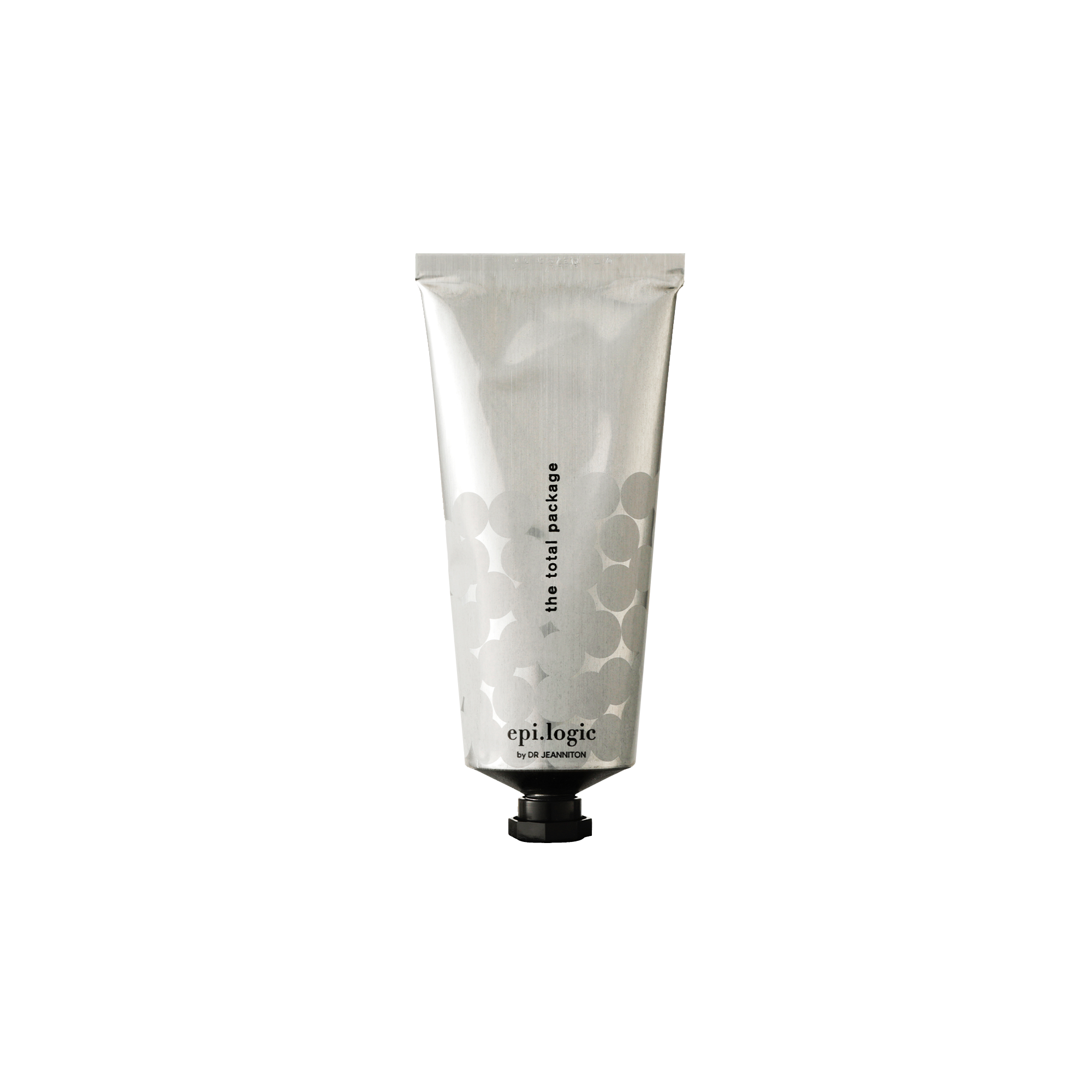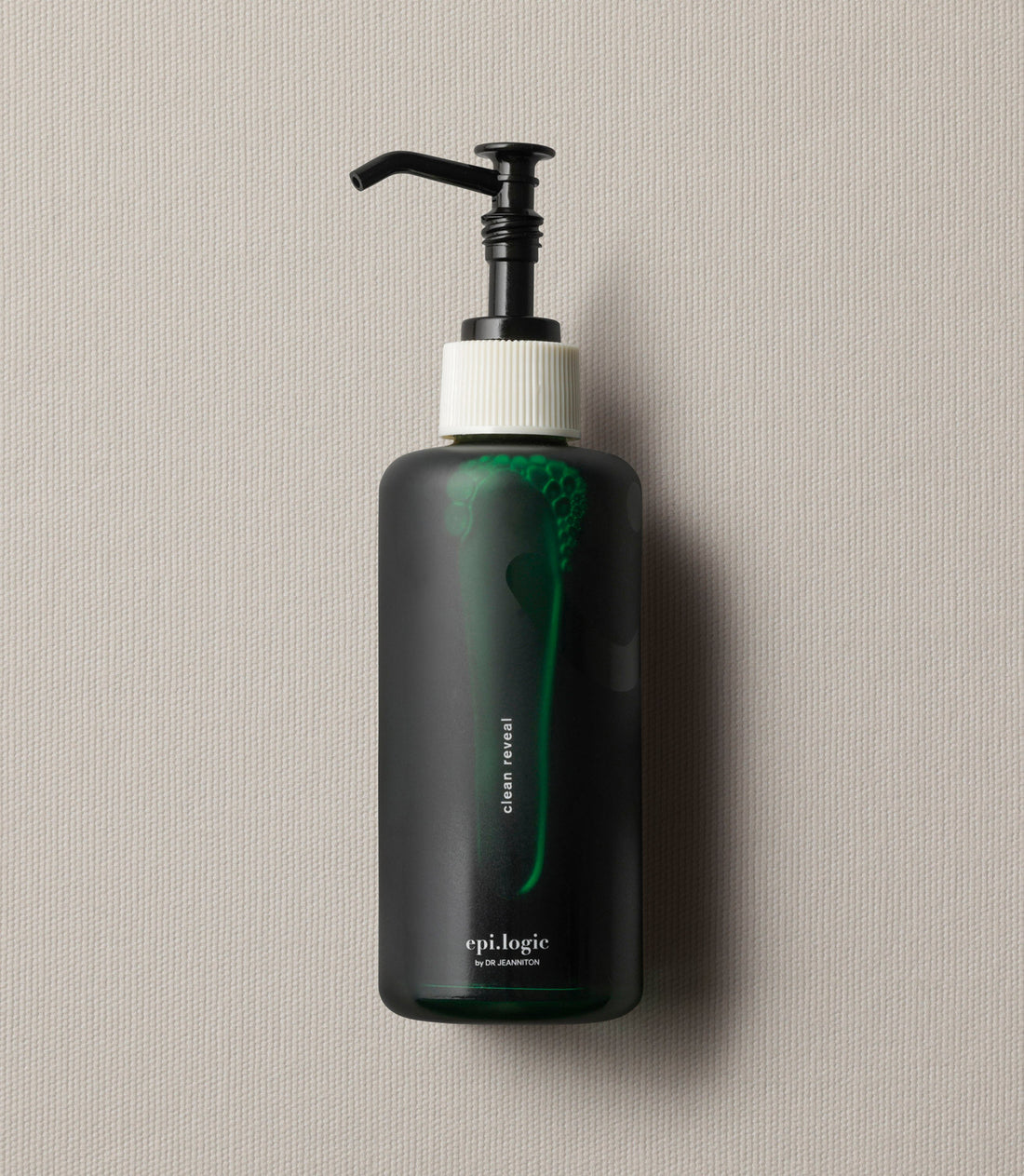You’ve made it to chapter 3 of our hyperpigmentation e.book – so it’s time to equip you with the tools you’ll need to avoid hyperpigmentation. In chapters 1 and 2, we discussed the basics of hyperpigmentation, as well as its most common causes. Here, we dive into the preventive measures that can lower your risk of experiencing hyperpigmentation – from sun protection to a tailored skincare routine. Despite having certain odds against you, you can take actions that bolster your defense from the inside out. Keep reading for our five top tips.
-
Throw shade
In chapter 2, we identified sun exposure as one of the most common causes of hyperpigmentation. To put it bluntly, UV light exacerbates any and all types of hyperpigmentation. To care for your skin, adequate and consistent sunscreen use is a must. Look for broad-spectrum protection that shields against both UVA and UVB rays. We recommend using a minimum SPF of 30 even on cloudy days since the sun’s radiation can still reach your skin. Some of our favorite SPFs are Beauty of Joseon, Krave Beauty’s Beet the Sun, and Elta MD’s UV Clear.

But sun protection goes beyond SPF. You can also safeguard your skin by wearing protective clothing or accessories, including wide-brimmed hats, visors, and sunglasses when you’re outdoors for extended periods. Last but not least, seek shade when possible and avoid peak sunlight hours.

-
Easy does it
Another cause for hyperpigmentation we previously mentioned is inflammation, including triggers like acne, scabs, eczema and burns. As tempting as it may be, resist the temptation to pick at your skin since it dramatically increases your chance of developing hyperpigmentation. Pimple patches are a great option to prevent wandering hands and help speed the resolution of blemishes. Do your best to be gentle to your skin and be vigilant about who you allow to perform your skin treatments like extractions, chemical peels, laser hair removal or laser skin resurfacing. Prevention is key here, especially for those with darker skin tones as it can take much longer to clear PIH compared to those with lighter skin.
-
Food for thought
If you develop vitamin deficiencies, chances are that you will also be more likely to develop hyperpigmentation. Vitamin B12 deficiency has been linked to unnatural skin darkening and hyperpigmentation. Certain vitamins, such as vitamin C and E, have antioxidant properties that can support your skin’s functions and overall health while protecting it against environmental aggressors. Many of these vitamins can be incorporated into your diet through nutrient-rich whole foods. Supplements can help when dietary sources don’t get the job done.
-
Beware the bitter pill
You may find that your medication can contribute to pigment changes. Ensure you read patient package inserts carefully and consult with a doctor or healthcare professional, particularly if you notice skin changes while taking prescription drugs.

-
Err on the side of caution
Everyone’s skin reacts differently to ingredients and products. If you notice that a skincare product irritates your skin, consider switching to a gentler formula that better suits your skin type. Scrubs, acid exfoliants, retinol and hydroquinone are common culprits for inciting skin irritation when not properly formulated or overused. Maintaining an intact and well-functioning skin barrier is essential in making it less susceptible to changes in pigmentation. Consult a skin professional before starting products that lighten the overall complexion to avoid potential complications.

On the other hand, there are some skincare ingredients that can help prevent hyperpigmentation in the first place. Our epi.logic toner-essence in one, Even Balance, provides antioxidant protection against free radicals, reducing the risk of oxidative stress-induced pigmentation through key ingredients such as CoQ10 and superoxide dismutase. Daily Dose features a comprehensive vitamin and antioxidant blend to expertly fight free radical damage. Additionally fortified with niacinamide and ferulic acid, it further strengthens the potency of vitamin C – an essential in preventing hyperpigmentation as it inhibits the enzyme tyrosinase, a regulator of melanin production.
Last but certainly not least – and we cannot say it enough – apply sunscreen every day before you head out the door!
We’re not done yet…
In chapter four of the hyperpigmentation e.book, we’ll reveal what you probably have been waiting for: our 101 on how to tackle existing hyperpigmentation. Out next week, the chapter will cover the best tips around in-office treatments, active ingredients, and more advice on how to fade hyperpigmentation.
If you’ve been loving this series so far, why not send it to a friend who could also benefit from these tips? Sharing is caring.

